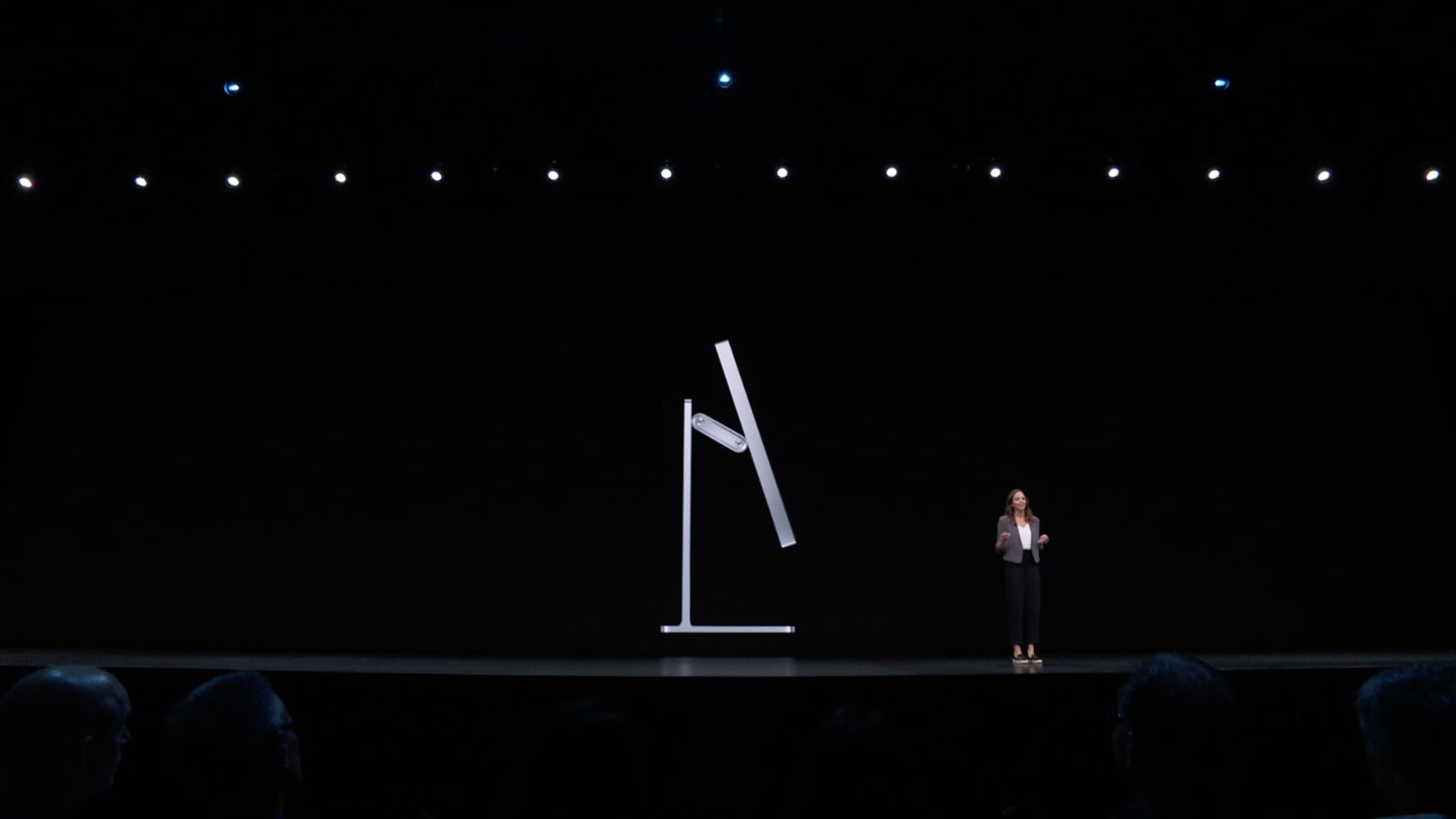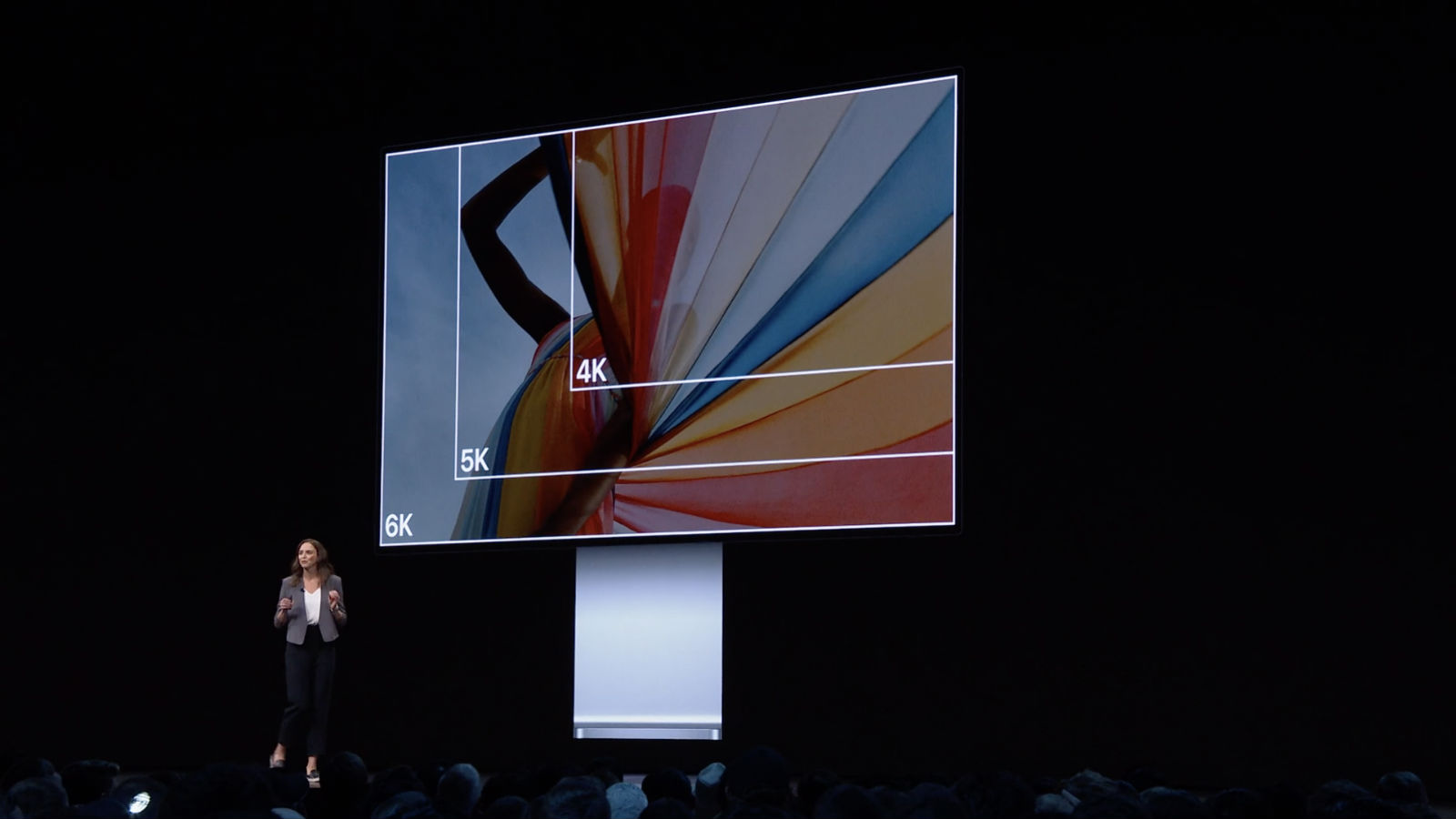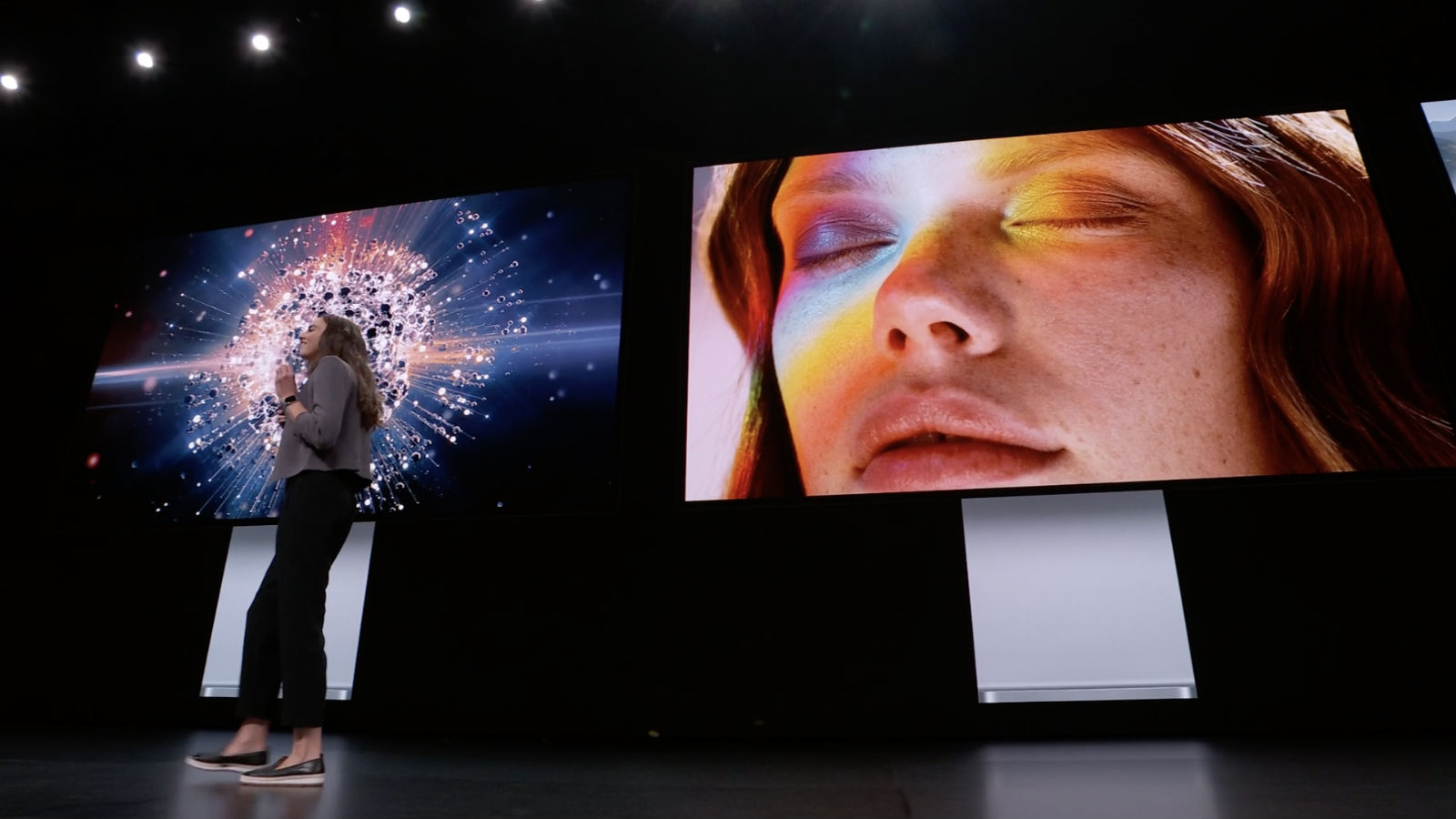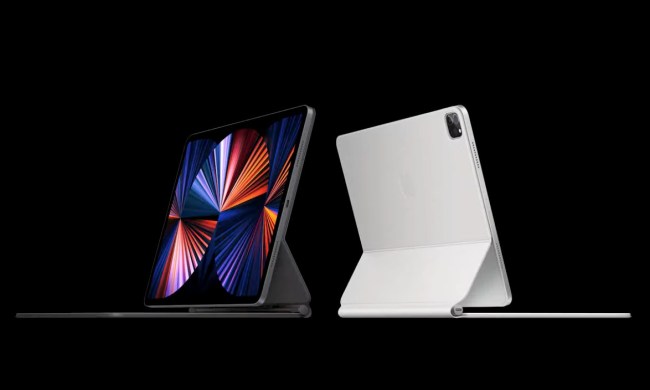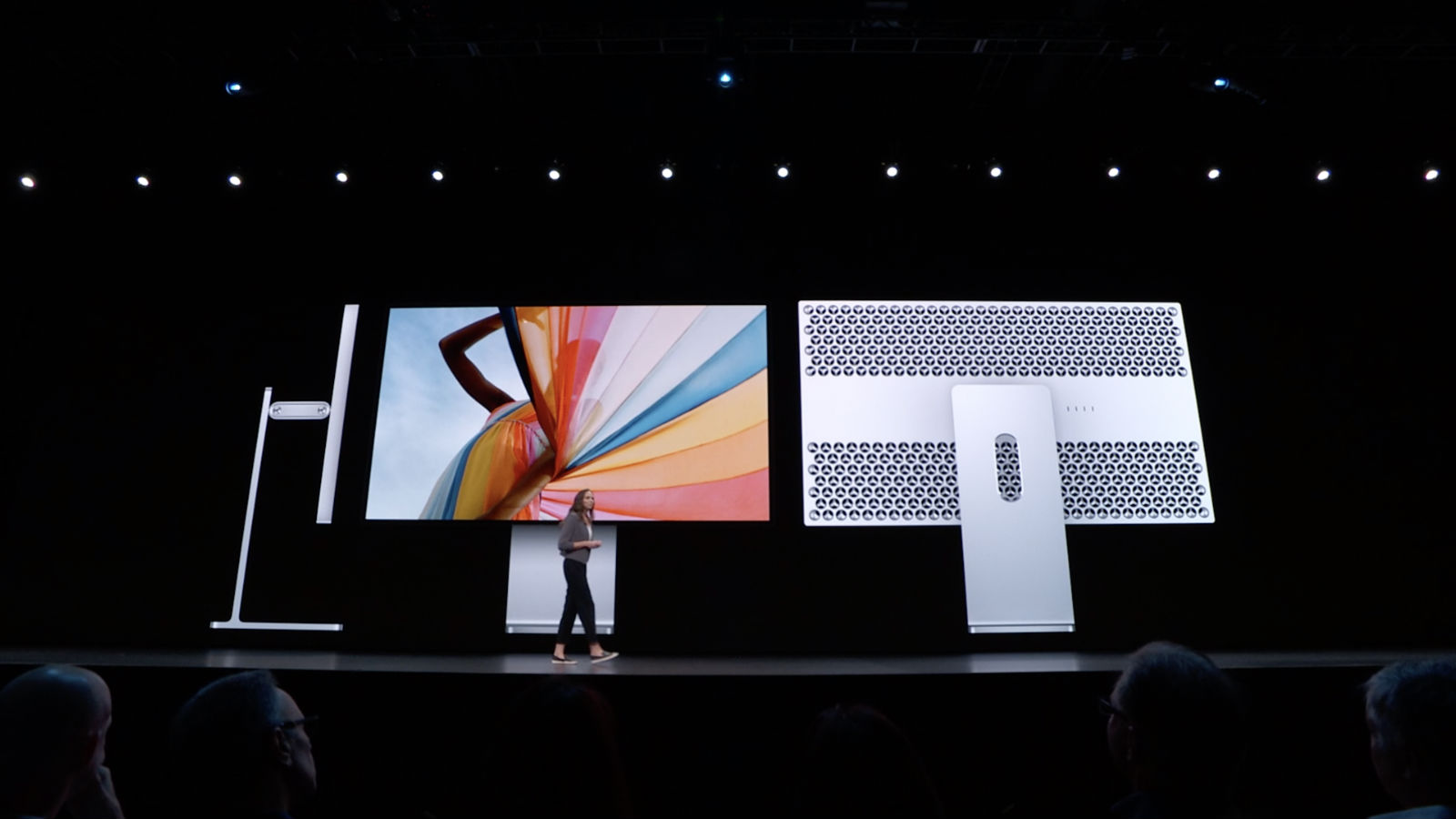
To complement the announcement of Apple’s completely redesigned Mac Pro for 2019, CEO Tim Cook and his team also introduced a new display for its pro users. With features like high-resolution support, increased contrast ratios, precision-calibrated HDR, and a bright panel, Apple is calling its new 32-inch Retina Display with 6K resolution the Pro Display XDR, which starts at $4,999. Apple claims that the display is 40% larger than the iMac 5K’s screen, giving developers more room to work on their content.
XDR stands for extreme dynamic range, Cook’s team said during Apple’s WWDC keynote. “Now for great HDR images, you need extreme brightness, right next to extreme contrast for deep blacks, and this is incredibly hard to achieve,” Apple said. “So we have designed a backlight system like none other in the world.”
Apple did this by using an array of blue LEDs to turn up the brightness, and to manage heat, the Pro Display XDR uses the same lattice pattern found on the new Mac Pro to help keep it cool, allowing the panel to maintain a brightness of 1,000 nits indefinitely, or reach peak brightness of 1,600 nits. “And this is going to allow our pros to do things they have been dreaming about,” Apple continued, noting that the panel supports 1,000,000:1 contrast ratios.
The panel also comes with P3 and true 10-bit color support with reference modes that are calibrated at the factory. And with a wide viewing angle, Apple claimed that off-axis contrast is 25 times better than a typical LCD panel. “And now all pros can use the same display across the workflow, and have the same incredible XDR viewing experience with all the features they need to create their life’s best work, making this the world’s best pro display,” Apple said.
Additionally, Apple also introduced a new color glass to help reduce glare. Rather than applying a matte finish to the glass, which can create a haze on the panel, Apple is using a new nanotech manufacturing process to precisely etch the glass. This version adds a $1,000 premium to the price.
In addition to the display, Apple also has a metal stand to match the look of the Pro Display XDR. The stand comes with a unique counterbalancing arm that makes it easy to raise and lower the display, and angle and tilt it, similar to what Microsoft did with the Surface Studio 2. It even rotate completely in what Apple calls “Portrait Mode.”
“It provides tilt and height adjustment, and it maintains the displays angle as it’s raised or lowered,” Apple said in the keynote. The display can also quickly detach from the stand, allowing pro users to quickly pack it up and take it on location.
From the keynote, it doesn’t appear that the stand will be included in the display’s $5,000 starting price. Apple is selling this accessory as a $999 option.
The stand will also allow the display to be rotated for portrait mode photo editing and also coding, though using a pro monitor to just write code may be excessive. A VESA mounting tool will add $199 to the cost of the panel, which will arrive this fall. To justify the high price tag, Apple is comparing its Pro Display XDR against reference monitors, some of which can cost as much as $43,000.
And with Thunderbolt 3 support, you can daisy chain the displays together in a simple setup. Apple claims that you can connect two Pro Display XDR panels together with a MacBook Pro, or up to six displays together with the new Mac Pro for a total of 120 million pixels.

